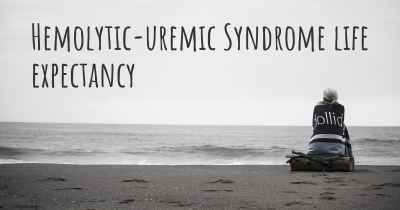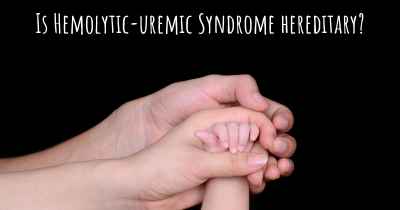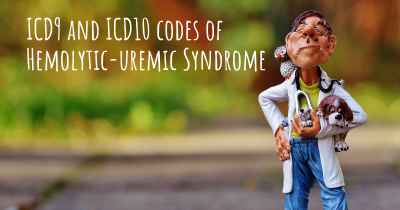What is the history of Hemolytic-uremic Syndrome?
When was Hemolytic-uremic Syndrome discovered? What is the story of this discovery? Was it coincidence or not?

Hemolytic-uremic syndrome (HUS) is a rare but serious condition that primarily affects children and can lead to kidney failure. It is characterized by the triad of hemolytic anemia (destruction of red blood cells), thrombocytopenia (low platelet count), and acute kidney injury.
The history of Hemolytic-uremic syndrome dates back to the early 1950s. The first recognized outbreak of HUS occurred in 1955 in Canada, where several children developed acute kidney injury after consuming ground beef contaminated with Escherichia coli (E. coli) bacteria. This outbreak was later linked to a toxin produced by certain strains of E. coli, known as Shiga toxin. The condition was initially referred to as "toxic nephrosis."
In the 1970s, researchers made significant progress in understanding the underlying mechanisms of HUS. They discovered that the Shiga toxin produced by E. coli bacteria damages the lining of blood vessels, particularly in the kidneys. This damage leads to the formation of blood clots, which obstruct blood flow and cause red blood cells to break down, resulting in anemia. The damaged blood vessels also lead to decreased platelet count, causing thrombocytopenia.
Further studies in the 1980s and 1990s revealed additional causes and risk factors for HUS. It was found that besides E. coli, other bacteria such as Shigella dysenteriae and certain strains of Streptococcus pneumoniae can also produce Shiga toxin and cause HUS. Additionally, it was identified that certain genetic predispositions and deficiencies in the complement system (part of the immune system) can increase the susceptibility to HUS.
The understanding of HUS continued to evolve in the 21st century. In recent years, it has been recognized that HUS can also be triggered by non-infectious causes, such as certain medications, autoimmune disorders, and inherited conditions. These non-infectious forms of HUS are often referred to as atypical HUS.
Advancements in treatment and prevention have also been made over time. Supportive care, including fluid replacement and blood transfusions, remains a crucial aspect of managing HUS. In severe cases, dialysis or kidney transplantation may be necessary. Additionally, efforts have been made to improve food safety regulations and promote public awareness to prevent outbreaks of HUS caused by contaminated food.
In conclusion, Hemolytic-uremic syndrome has a rich history of scientific discoveries and medical advancements. From its initial recognition in the 1950s during a foodborne outbreak to the understanding of the role of Shiga toxin and the identification of various causes and risk factors, our knowledge of HUS has significantly expanded. Ongoing research continues to enhance our understanding of this complex condition, leading to improved treatment strategies and preventive measures.
Posted Jan 29, 2018 by JaneDoeMT 3550








